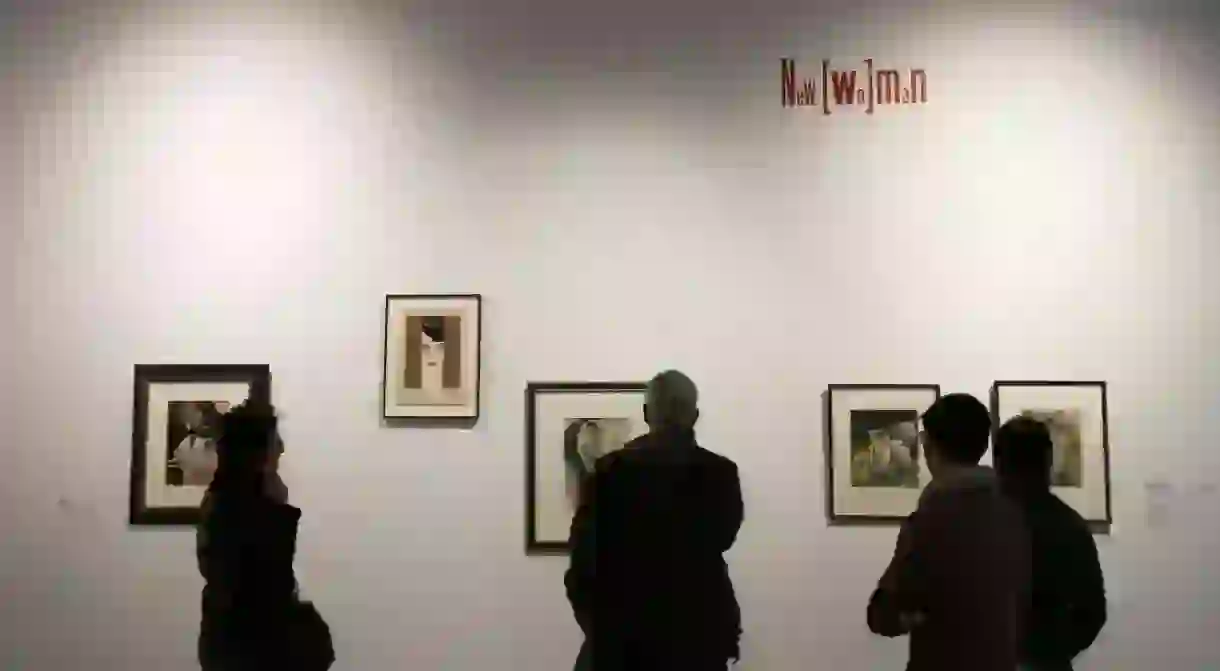Where To Find Belgian Surrealist René Magritte's Art

The great Belgian Surrealist artist René Magritte is known for his brilliant paintings with a tinge of humor, including The Treachery of Images (1928-1929) and The Son of Man (1964). Magritte was a master of manipulation, challenging the viewer’s perceptions of reality through visually-arresting and thought-provoking images. We profile where you can find Magritte’s unforgettable artworks in person.
Musée Magritte
Museum

The Musée Magritte Museum in Brussels, Belgium has the largest collection of René Magritte paintings in the world, holding over 200 paintings, drawings, sketches, and photographs. The museum presents Magritte’s work chronologically, so visitors can trace the development of the artist’s work from his Constructivist roots to his Surrealist experimentation through his rise as one of the greatest Surrealist artists who ever lived.
Museum of Modern Art
Art Gallery, Building, Museum, Opera House

Housing one of the most impressive collections of modern art in the world, New York’s Museum of Modern Art has several of Magritte’s paintings and sketches. One of the most famous paintings in their collection is L’assassin Menacé(The Menaced Assassin). First displayed in 1927, this painting was inspired by a crime film, and Magritte aimed to create an unsolvable mystery.
Philadelphia Museum of Art
Building, Museum, Art Gallery

The Philadelphia Museum of Art is home to The Six Elements (1928), one of Magritte’s lesser-known, but defining works. It was painted when Magritte’s Surrealist style was fully developed. In this painting, Magritte paints six “windows” that look into the six elements: fire, air, earth, water, and two windows that show a female body and a city building. It provokes the viewer into thinking about the elements that make up our world, and to see beyond the two-dimensionality of his paintings.
Los Angeles County Museum of Art
Museum

Although the LACMA only has one Magritte painting, it happens to be one of the artist’s most famous pieces. The painting clearly depicts a pipe, and a line of text that reads “Ceci n’est pas un pipe,” translating to “this is not a pipe.” Aptly titled The Treachery of Images (1928-1929), Magritte wishes to draw attention to the illusion created by visual art – although the painting is clearly of a pipe, it is not a tangible pipe that one can smoke, therefore it is not a pipe. The Treachery of Images perhaps best represents the wry humor behind Magritte’s artwork.
René Magritte House Museum
Museum
Now serving as a public museum, René Magritte House Museum was Magritte’s home with his wife Georgette from 1930 to 1954, and the site where half of Magritte’s paintings were produced. The museum documents Magritte’s life, from his childhood to death; the story is told with photos, objects owned by Magritte, and artwork. Furnished with the original furniture owned by Magritte, the ground floor is a recreation of his home. An annual temporary exhibition displays artwork by Belgian surrealist and abstract artists.













